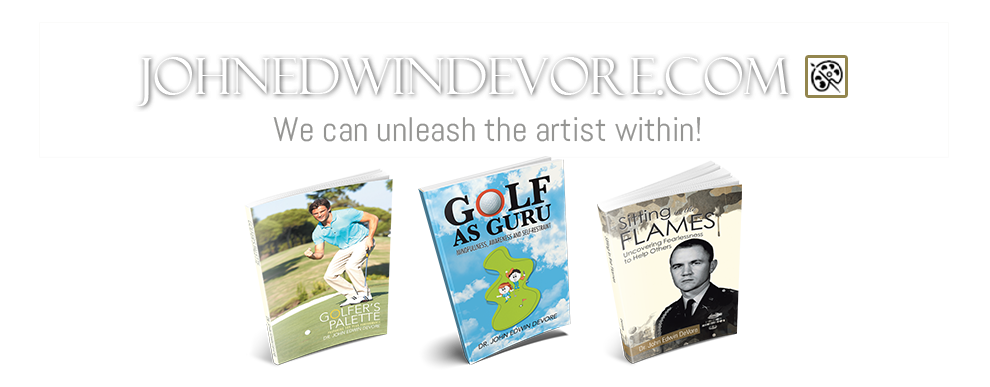SELF-RESTRAINT
Self-restraint is a learned skill that can evolve to be a second bag of clubs on the course. Rachel Hollis offers, “We are not in control of what life throws our way; however, we are in control of the fight!” Fred Shoemaker, Extraordinary Golf and Extraordinary Putting, offers that a golfer with interference is not the same golfer who shows up over a golf ball without interference. At will, a golfer needs capacity to go to silent self alone on every shot.
Each of us have aspects of Self we’ve split off, rejected, hidden from ourselves, projected onto others, or otherwise disowned. This stuff becomes repressed and denied aspects of the subconscious that we carry with us as we grow up; and they remain unless we, in our own way, become aware of them, accept them, integrate them and evolve self-restraint. To evolve through this stuff, there are two fundamental questions: 1) What character, personality and degree of wellness is showing up on the course? and 2) What are frequent interferences that hamper enjoyment, learning and fun? A recent emergent swing thought, when ready to pull the trigger, is, “John, have you forgotten anything?” Simply the conscious and subconscious language I have lived in since I was a kid in Northwestern Ohio. Perhaps a “gift” from either Mom or Dad, Grandma or Grandpa or Miss Sieg, the first-grade teacher.
Christian Larson suggests the relationship between the conscious and subconscious “…can be well illustrated by comparing the conscious mind with a sponge, and the subconscious with the water permeating the sponge. We know that every fiber of the sponge is in touch with the water, and in the same manner, every part of the conscious mind, as well as every atom in the personality is in touch with the subconscious, and completely filled, through and through, with life and the force of the subconscious…the subconscious perpetuates characteristics, traits and qualities that are peculiar to individuals, species or races…Whenever anything has been repeated a sufficient number of times to have become habitual, it becomes second nature, or rather a subconscious action.”
Some tools that the author has uncovered that have been helpful in learning self-restraint are as follows: 1) Meditation training and practice can offer awareness and experience of personal behavior; 2) a good integral psychotherapist can facilitate visibility of behaviors and what is underneath the behaviors; 3) shadow work discussed in Chapter 4, Integral Life Practice, Ken Wilber’s book mentioned in Golf as Guru, Chapter One, The Player and Integral Life Practice, where the reader will note Birdy Ball meditating; and 4) the concept of 100% responsibility: life happens because of me and not to me. Life will always be up and down; and life is about attitude: I can react and suffer; or I can respond and evolve authentic joy and relaxed focus when ready to pull the trigger.


